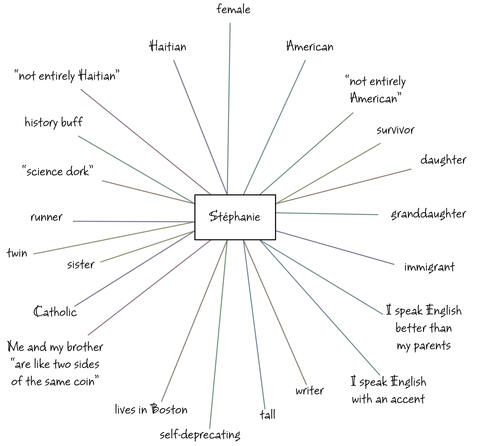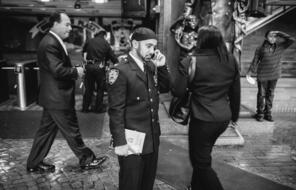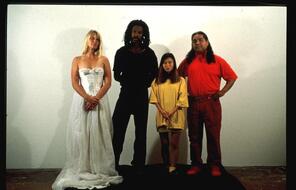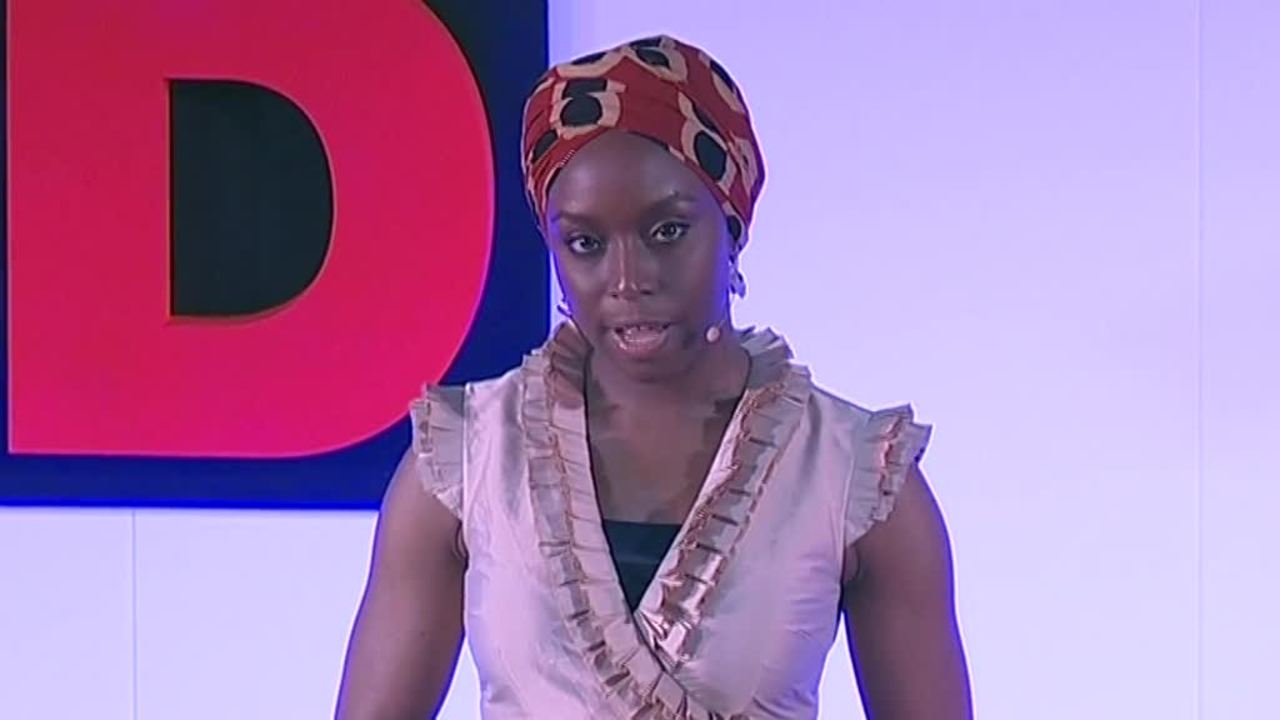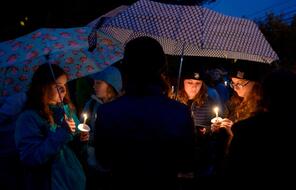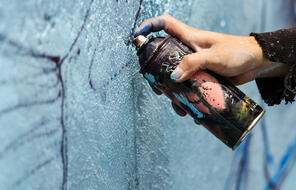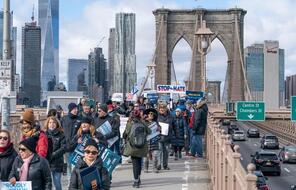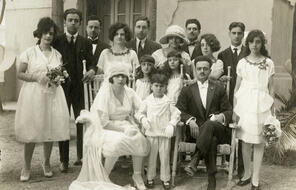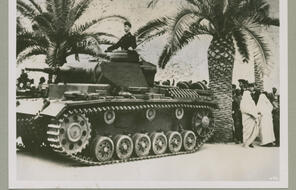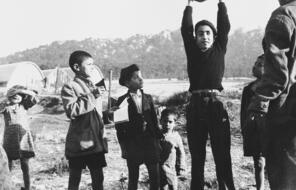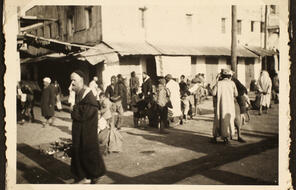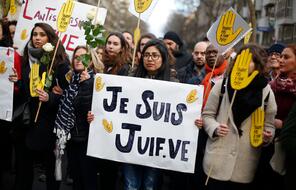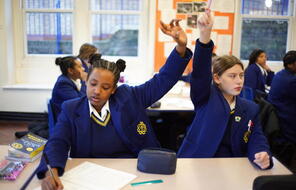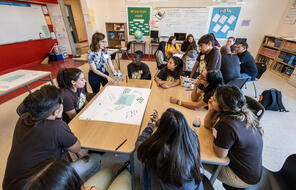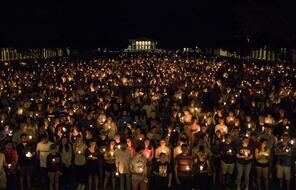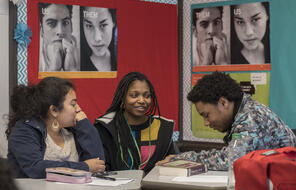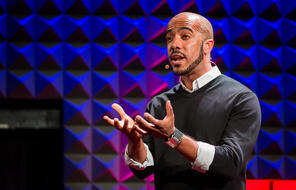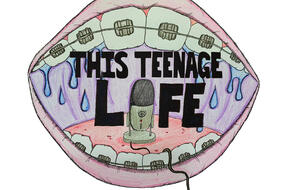
Mini-Lesson
Current Event
Stereotypes, Media, and Islamophobia
This mini-lesson is designed to help students reflect on how the movies, shows, and books we consume can reinforce stereotypes about Muslims and the harmful impact stereotyping has on people's lives.
Subject
- Civics & Citizenship
- Social Studies
Grade
6–12Language
English — USPublished
Overview
About This Mini-Lesson
This mini-lesson is designed to help students reflect on how stereotypes—specifically stereotypes about Muslims—can be reinforced through the media we consume and the negative impacts that these stereotypes can have on people’s lives.
Activities
Activities
Materials and Downloads
Resources from Other Organizations
These are the resources from external sources that we recommend using with students throughout the activities in this mini-lesson.
Additional Resources

Inspiration, insights, & ways to get involved
Subscribe to our email updates

